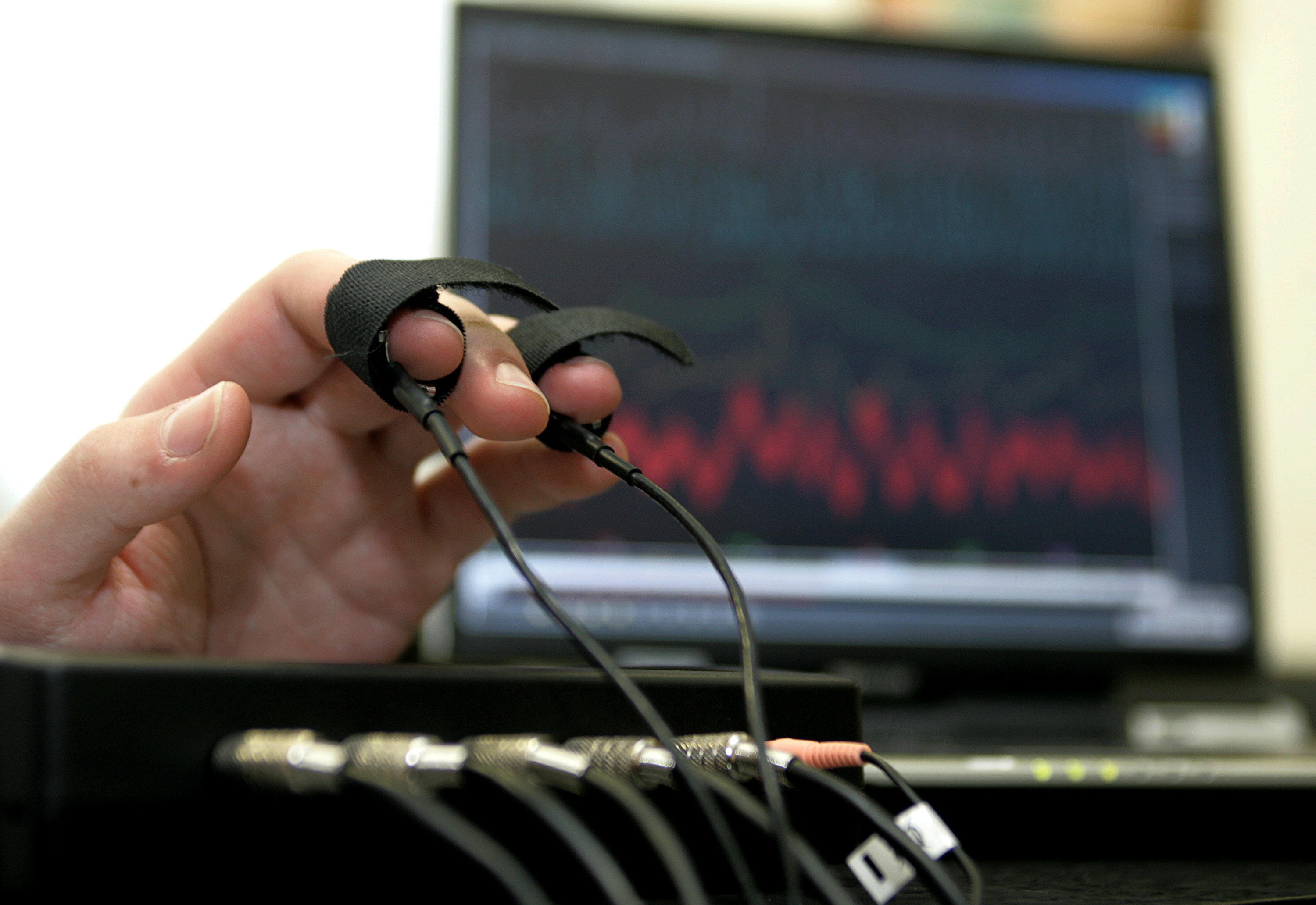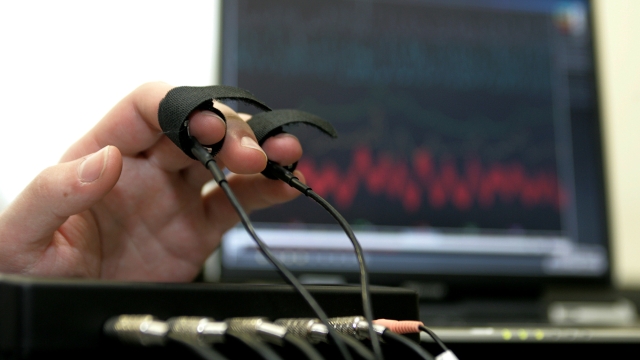
Welcome to the fascinating realm of lie detector tests. How reliable are these tests in detecting deception? This question has sparked curiosity and debate among both professionals and the general public, making lie detector tests a subject of intrigue and mystery. Whether it’s in a high-stakes criminal investigation, a job screening process, or a reality television show, the use of lie detector tests has become a common feature in various settings. Let’s delve into the nuances of lie detector tests and uncover the truth behind this intricate investigative tool.
History of Lie Detector Tests
Lie detector tests have a fascinating history that dates back to the early 20th century. The concept of detecting deception through physiological responses was first proposed by William Moulton Marston in the 1920s. Marston, a psychologist and inventor, played a crucial role in the development of the polygraph machine, which he believed could accurately determine when someone was lying based on changes in blood pressure, pulse rate, and respiration.
The first polygraph instrument, known as the "lie detector," was invented in 1921 by John Augustus Larson, a medical student at the University of California, Berkeley. Larson’s device measured changes in systolic blood pressure to determine truthfulness. This early form of the polygraph laid the foundation for the modern lie detector tests used today, which incorporate additional physiological indicators such as galvanic skin response and muscle activity.
Over the years, lie detector tests have been a subject of controversy and debate within the legal and scientific communities. Despite their widespread use in criminal investigations and employment screenings, the accuracy and reliability of polygraph results remain a point of contention. The history of lie detector tests reflects ongoing efforts to refine and improve these instruments in the quest to uncover the truth.
How Lie Detector Tests Work
Lie detector tests, also known as polygraph tests, operate on the principle that physiological changes occur in the body when a person is being deceptive. These tests typically measure various physiological indicators such as heart rate, blood pressure, respiration, and skin conductivity.
During a lie detector test, the examiner asks a series of questions to establish baseline responses for the individual being tested. Subsequently, relevant questions related to the issue under scrutiny are asked while monitoring the person’s physiological responses. Any significant deviations from the established baselines during the questioning may indicate deceptive behavior.
The interpretation of the physiological responses recorded during a lie detector test is crucial. Trained professionals analyze the data collected to determine the likelihood of deception based on the changes observed in the individual’s physiological responses throughout the testing process.
Accuracy of Lie Detector Tests
When it comes to the accuracy of lie detector tests, opinions are divided. Some believe that these tests can accurately detect deception by measuring physiological responses like heart rate and sweating.
However, critics argue that lie detector test results can be influenced by various factors, such as stress levels, anxiety, or even the skill of the examiner conducting the test. This can lead to false positives or false negatives, casting doubt on the reliability of the results.
Despite the ongoing debate surrounding the accuracy of lie detector tests, they continue to be used in various fields, including law enforcement and employment screening. It is essential to understand the limitations of these tests and interpret the results with caution.
